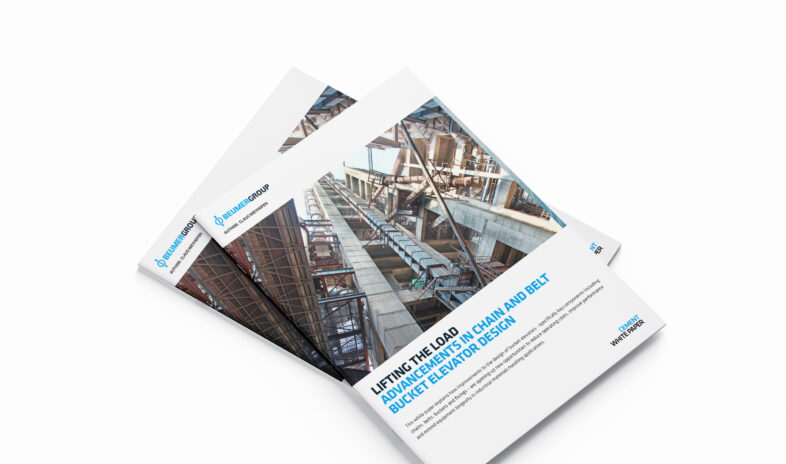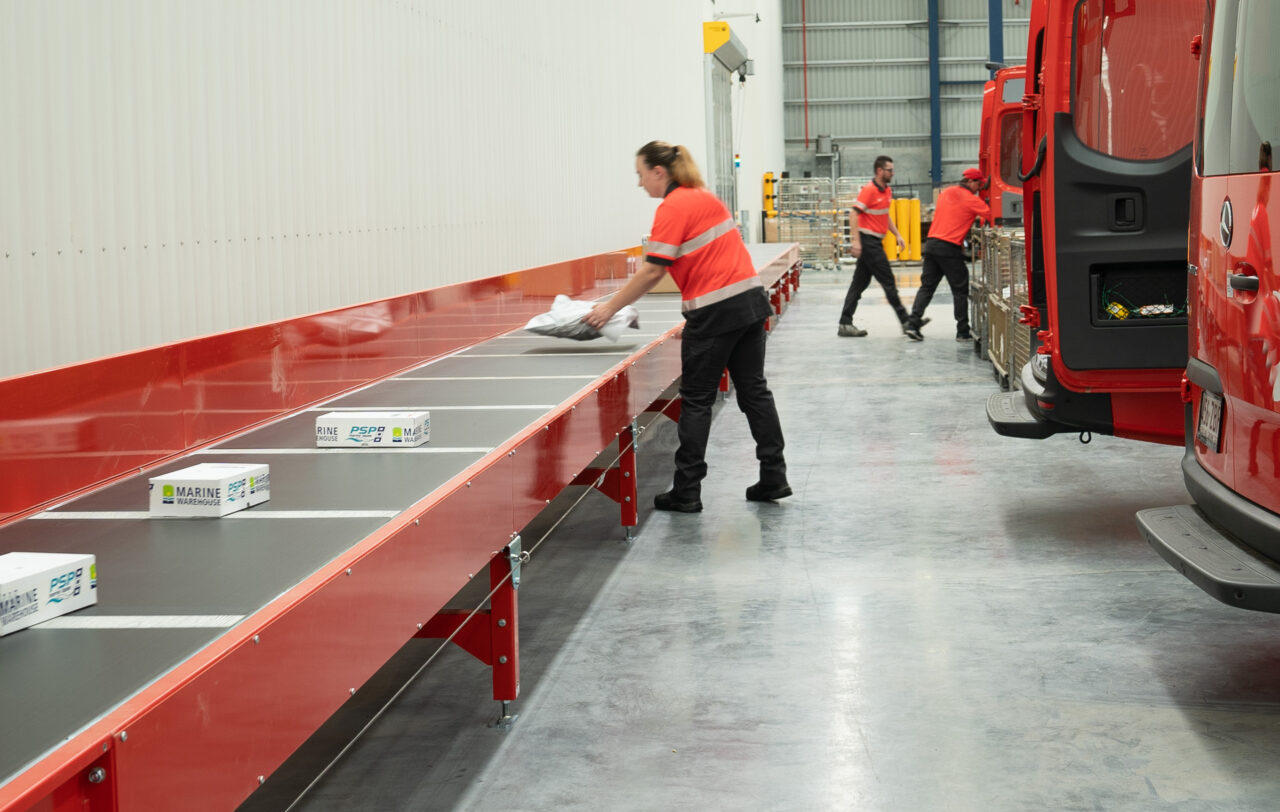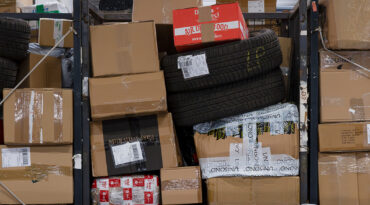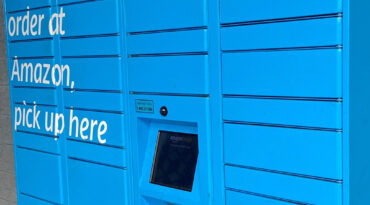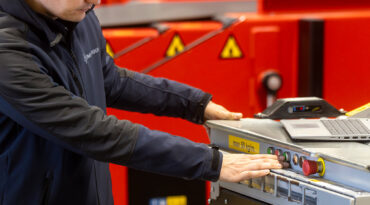Parcel lockers are probably one of the buzziest and most talked about bits of innovation on the Last Mile over the last couple of years. CEP companies frequently announce trials, locker providers are experiencing significant growth and new locker formats generate headlines.
Parcel lockers, or automated parcel machines (APMs), are automated banks of locker compartments, typically located on public streets or retail premises, which enable couriers and end-consumers to asynchronously drop off and collect parcels.
According to the ebook “Parcel Lockers: Key Questions Answered” published by Doddle, a first and last mile tech partner in global e-commerce, the case for automation in the Last Mile is strong but realising the benefits of parcel lockers requires sound strategic forethought, commitment and a significant capital investment.
That’s why CEP companies must accept the risk of having an operation where doorstep delivery is cheaper than locker delivery at least initially.
Consider parcel lockers
Last Mile delivery is the most expensive and complex part of a delivery journey, representing around 50 per cent of the total cost of a parcel delivery according to Accenture.
B2C parcel volumes have risen massively in the last several years and home deliveries contribute significantly to Last Mile costs, as delivery drivers take much longer to deliver packages to hundreds of addresses than if they were to deliver in bulk to out-of-home (OOH) locations, such as parcel lockers.
To lower delivery costs and improve the bottom line it’s only logical for couriers or postal companies to seriously consider parcel lockers in their delivery network.
Parcel lockers are automated and offer security, simplicity, and convenience, as well as an automated experience for end-consumers. They have the same consolidation benefits as other OOH delivery options but cater to end-consumers who want to pick up parcels at hours when a pickup and drop off (PUDO) location might not be open.
Advantages of parcel lockers
One advantage that lockers have is that they are physical objects that can be fully owned and branded by carriers.
Lockers can be installed in a variety of locations allowing carriers to flex their brands in busy areas, combining OOH advertising and delivery.
Depending on the location, lockers can potentially offer more flexibility than PUDO locations, most notably if they have 24/7 access to public space. Most PUDO locations are subject to business opening hours.
Compared to home delivery, lockers offer an element of flexibility as the recipient has the choice of when to pick up their delivery.
Know the Slipper Distance
To lower the delivery costs and understand how parcel lockers can fit into a delivery network it’s important to know the Slipper Distance of the CEP operator’s end-consumer.
‘Slipper Distance’ is a term used in the industry referring to how far end-consumers are prepared to walk in their slippers to pick up a package.
According to Christian Østergaard, Lead Visionary – Senior Group Strategist of IT Production/IoT/AI at PostNord, CEP operators must prioritise knowing end-consumers Slipper Distances and reducing the delivery costs to make the Last Mile more viable.
“Moving away from a delivery service that drops one parcel per stop to one that drops multiple parcels – at a PUDO or lockers, for example. Near-home deliveries like these will not only drive down the cost per drop but offer a far more sustainable way of working, along with certainty the parcel can be delivered at the first time of asking.”
He has seen the success of lockers first-hand in his native Denmark, where end-consumers are happy with a convenient Slipper Distance if they can make deliveries more sustainable:
“Since their launch by DHL 20 years ago, lockers are taking off in the Nordics and Europe in general – end-consumers are happy they can pick up parcels 24/7 instead of waiting at home, and they are also thinking more sustainably.”
Automated sequencing
Automated sequencing, where a sortation system interfaces with a route planning system to release parcels in the exact order they will be delivered, based on the route data, can further reduce the delivery costs, but it has yet to be widely implemented.
In the CEP industry today, the majority of sequencing is done manually. In most standard distribution systems, parcels are sorted to a route at random without any regard to last-mile departure time or route sequence.
The van driver is then tasked to handle what is essentially a second manual sorting process to fit the delivery sequence of the particular route. This usually takes place on the terminal floor. First parcel in, last parcel out when delivering.


